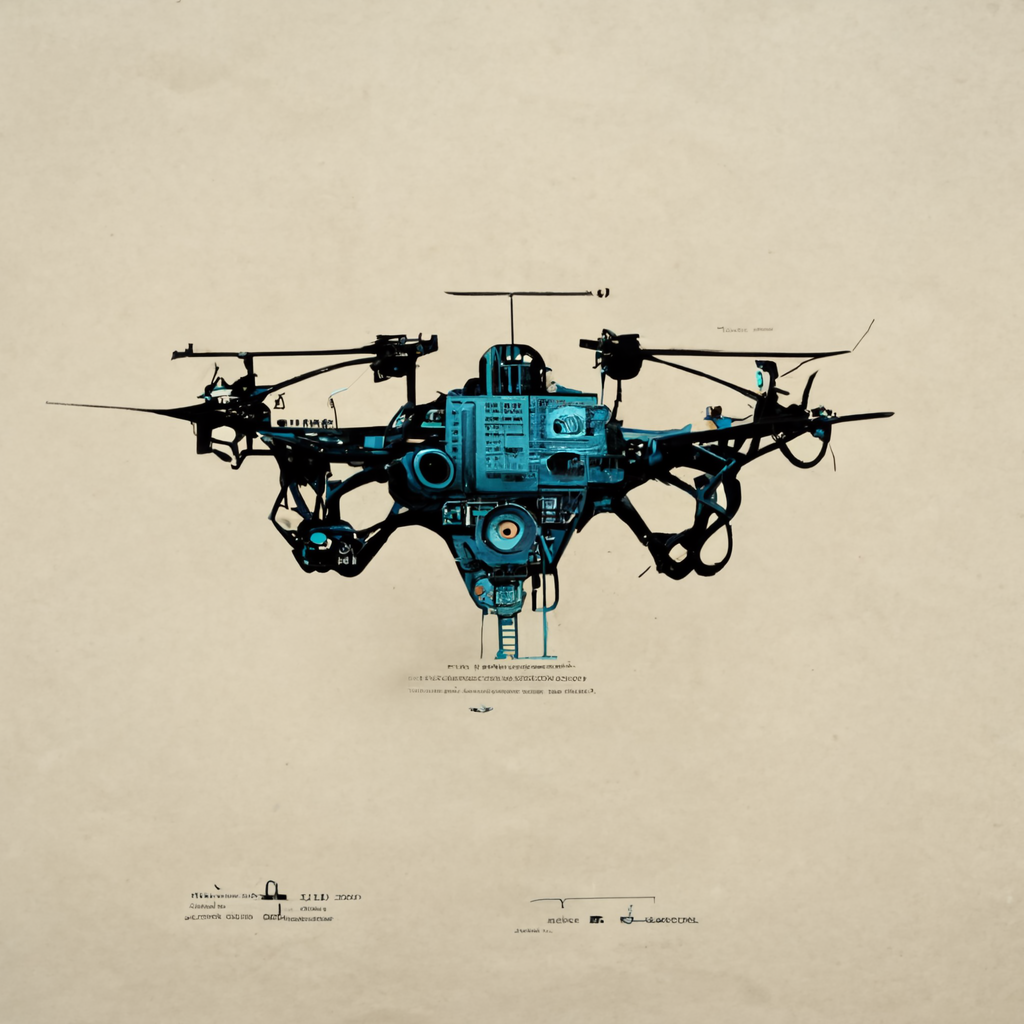A LeadBelt Gaming Guide Series
Drone racing has had a significant impact on the wider drone industry.
In this technical blog article, we’ll take a closer look at the impact of drone racing on the drone industry and what it means for the future of drones.
Introduction:
Drone racing has come a long way since its inception. What started as a niche hobby has grown into a global sport with thousands of enthusiasts and professionals alike. Drone racing has not only captured the attention of pilots and spectators but has also influenced the wider drone industry in numerous ways.

Aeroplane or Drone
Get ready to experience the future of racing with First-Person View Drone Racing. This thrilling new sport features small robots flying at breakneck speeds around a circuit filled with obstacles. Pilots control the drones from the ground, using a headset to experience the race as if they’re actually seated in the cockpit – hence the name, First Person View (FPV) racing. With courses that are three-dimensional and packed with obstacles to fly around, under, over, and through, FPV racing is a high-stakes game that demands lightning-fast reflexes and precision flying skills.
Increased Demand for Durable and Lightweight Drones:
One of the most significant impacts of drone racing on the drone industry has been the increased demand for durable and lightweight drones. Drone racing requires drones that are both fast and agile, which means they need to be made from lightweight and durable materials. This has led to the development of new materials such as carbon fibre, which is now widely used in the construction of racing drones.
3D Printing Revolutionizes Drone Manufacturing:
Another way that drone racing has influenced the drone industry is through the use of 3D printing. 3D printing has revolutionized drone manufacturing, allowing for faster and more efficient production of parts and components. This has made it easier for hobbyists and professionals alike to build their own drones from scratch, or even modify existing drones for racing purposes. Companies such as Minifactorum and Hobbyspotz have emerged to meet the demand for 3D printing in the drone racing community.
Innovations in Drone Technology:
Drone racing has also driven innovation in drone technology. To keep up with the demands of racing, drone manufacturers have been forced to develop new and innovative technologies. For example, racing drones now feature advanced flight controllers, high-performance motors, and specialized racing propellers. These technologies are now being used in other applications, such as aerial photography and surveying.
New Opportunities for Drone Applications:
Finally, drone racing has opened up new opportunities for drone applications. As technology continues to improve, drones are being used in a variety of industries, including agriculture, construction, and delivery services. Drone racing has also helped to raise awareness of drones and their capabilities, which has led to increased interest in their potential applications.

Final Thoughts:
Drone racing has had a significant impact on the wider drone industry, from the development of new materials and technologies to the opening up of new opportunities for drone applications. As the sport continues to grow and evolve, we can expect to see even more innovation and advancements in drone technology, which will only further expand the possibilities for the industry as a whole.

Comments are closed